Among the vast and diverse array of marine life, there exists a creature that stands out for its unconventional appearance and intriguing characteristics. The blobfish, with its gelatinous body, droopy face, and doleful expression, has captured the imagination of people worldwide. While it may not be the most aesthetically pleasing creature, the blobfish possesses unique adaptations and survival strategies that have allowed it to thrive in the deep-sea environment. This article delves into the fascinating world of the blobfish, exploring its biology, habitat, and the factors that contribute to its resilience in the face of extreme conditions.
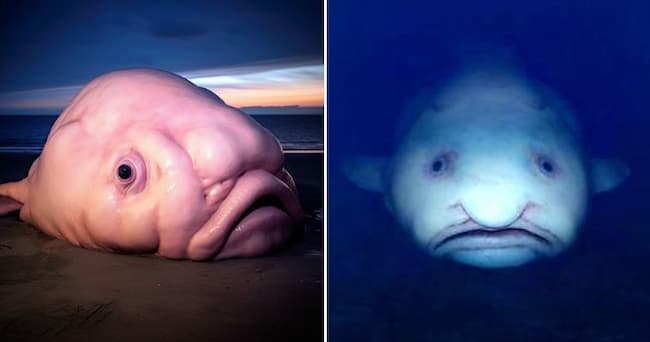
Biological Characteristics
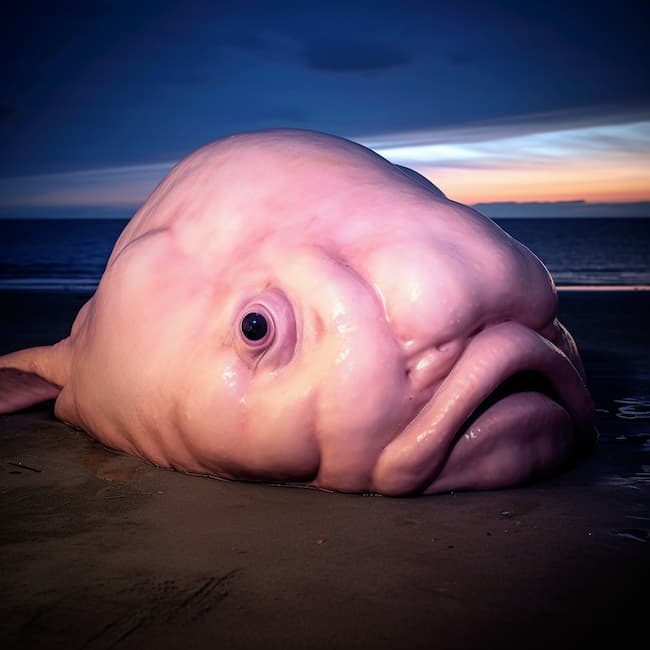
The blobfish, also known as the Psychrolutes marcidus, belongs to the Psychrolutidae family of fish. It inhabits the deep-sea regions of the Pacific Ocean, typically found at depths ranging from 600 to 1200 meters. The blobfish’s body is soft and gelatinous, lacking the rigid bones and scales found in most fish species. This adaptation allows it to withstand the immense pressure of the deep sea, where the weight of water can crush even the strongest structures.
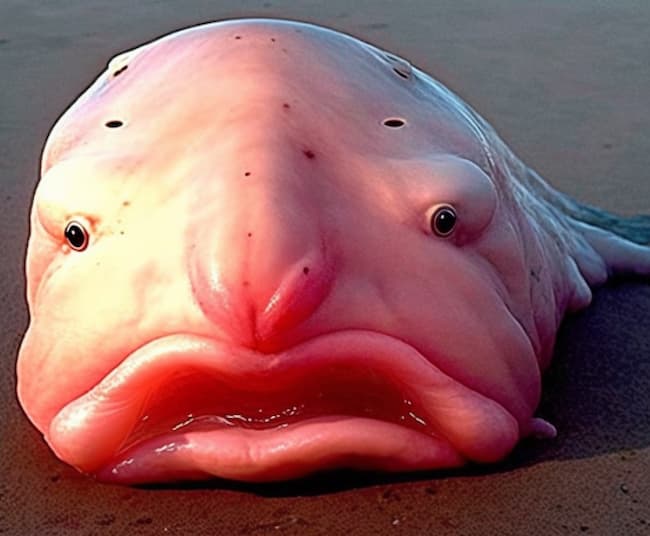
The blobfish’s most distinctive feature is its large, bulbous head and droopy mouth. Its eyes are small and underdeveloped, reflecting the dim light conditions of the deep sea. The blobfish’s lack of teeth and its weak jaw muscles suggest that it feeds on small invertebrates or plankton. It is believed to use its large head to create a suction force that helps capture its prey.
Habitat and Adaptation
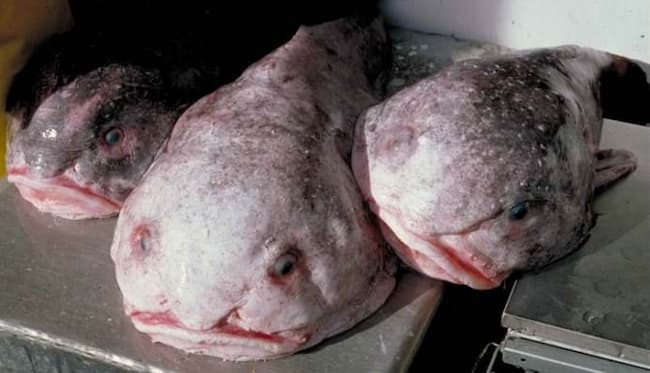
The blobfish has adapted to the harsh conditions of the deep sea. The immense pressure, darkness, and cold temperatures would be inhospitable to most organisms. The blobfish’s gelatinous body allows it to withstand the pressure without being crushed. Its large head and droopy mouth help it capture prey in the low-light environment. The blobfish’s slow metabolism allows it to conserve energy in the food-scarce depths.
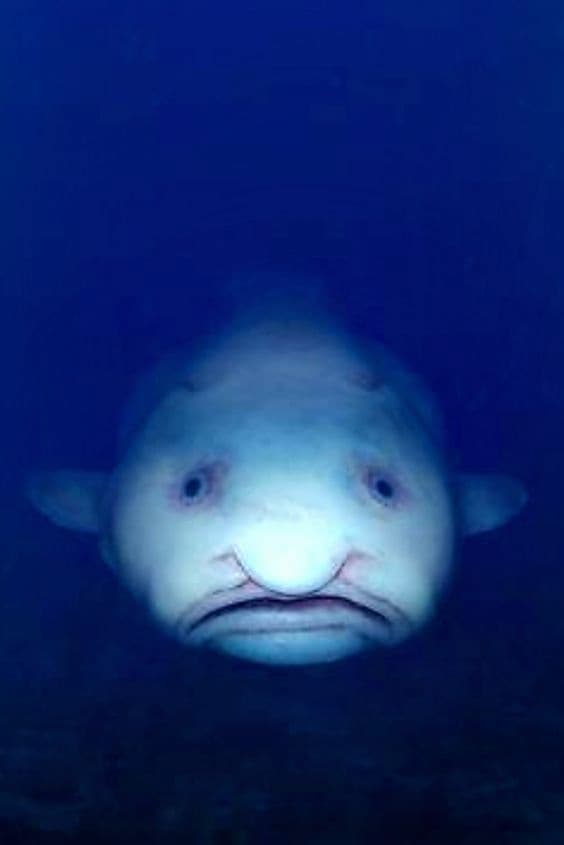
Resilience and Tenacity
Despite its unconventional appearance, the blobfish is a resilient and tenacious creature. It has evolved to thrive in the extreme conditions of the deep sea, showcasing the remarkable adaptability of life. The blobfish’s gelatinous body, large head, and weak jaw muscles may seem like drawbacks, but they are adaptations that allow it to survive and reproduce in its deep-sea habitat.
Conclusion
The blobfish stands as a reminder of the diversity and adaptability of life on Earth. Its unique appearance and resilience serve as a testament to the remarkable ability of organisms to thrive in even the most challenging environments. As we continue to explore the deep sea, we are bound to discover more fascinating creatures like the blobfish, each with its own unique adaptations and survival strategies.
Frequently Asked Questions
- What is the blobfish’s scientific name?
The blobfish’s scientific name is Psychrolutes marcidus.
- Where does the blobfish live?
The blobfish inhabits the deep-sea regions of the Pacific Ocean, typically found at depths ranging from 600 to 1200 meters.
- What does the blobfish eat?
The blobfish feeds on small invertebrates or plankton.
- How does the blobfish survive in the deep sea?
The blobfish’s gelatinous body allows it to withstand the immense pressure of the deep sea. Its large head and droopy mouth help it capture prey in the low-light environment. The blobfish’s slow metabolism allows it to conserve energy in the food-scarce depths.
- Why is the blobfish considered so unique?
The blobfish is considered unique due to its unconventional appearance, soft and gelatinous body, and droopy face. Its adaptations for survival in the deep sea make it a fascinating creature that stands out among other fish species.

